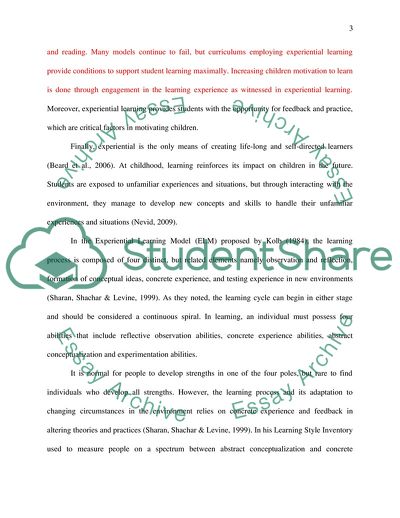Cite this document
(Progres report/Experiential learning in Pyramid Club Essay - 1, n.d.)
Progres report/Experiential learning in Pyramid Club Essay - 1. https://studentshare.org/psychology/1847753-progres-reportexperiential-learning-in-pyramid-club
Progres report/Experiential learning in Pyramid Club Essay - 1. https://studentshare.org/psychology/1847753-progres-reportexperiential-learning-in-pyramid-club
(Progres report/Experiential Learning in Pyramid Club Essay - 1)
Progres report/Experiential Learning in Pyramid Club Essay - 1. https://studentshare.org/psychology/1847753-progres-reportexperiential-learning-in-pyramid-club.
Progres report/Experiential Learning in Pyramid Club Essay - 1. https://studentshare.org/psychology/1847753-progres-reportexperiential-learning-in-pyramid-club.
“Progres report/Experiential Learning in Pyramid Club Essay - 1”. https://studentshare.org/psychology/1847753-progres-reportexperiential-learning-in-pyramid-club.


